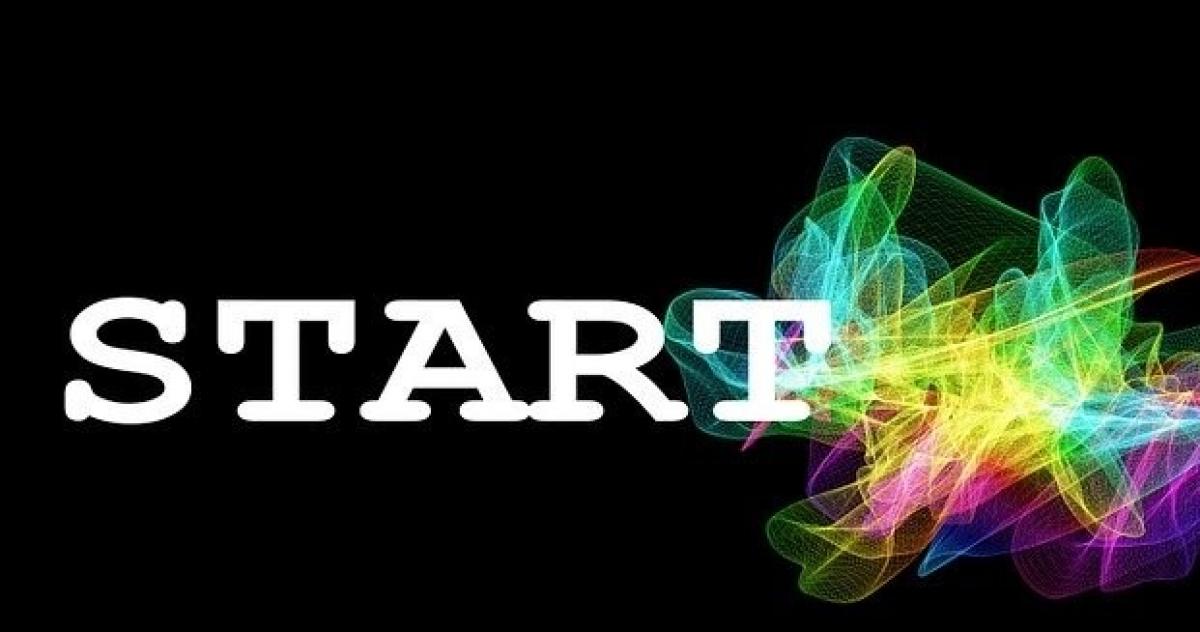Until the final days of 2019, it has been a quiet year for high-frequency trading-related news. The whole concept of a trade executed in nanoseconds, and the related concept of a trading program managed with only sporadic human intervention or oversight, have all faded into background assumptions. What remains is a lot of specific issues and problems that may be enabled by this, such as the extent of legal protection for the proprietary nature of the algorithms. While these things no longer really register as “HFT issues,” other things HFT are hitting the headlines.
Speed is Good
Cisco, the San Jose-based company that brought the silicon into Silicon Valley in the 1980s announced in mid-December that it has agreed to buy Exablaze, an Australian company that makes low-latency networking products. The usual clients of Exablaze are those who use that low-latency (i.e. speed) for trading.
The story goes somewhat beyond “Cisco has decided to sell stuff to HFT firms and bought a company that is already doing so. Cisco seems to be buying Exablaze with other goals in mind, too, including the use of the same products in machine learning and artificial intelligence applications, another place where, to put it simply: speed is good.
Except when Speed is Scandalous?
It is the HFT traders, under that label, who are getting the blame for the latest scandal at the Bank of England. In this case, speed is of the essence of the scandal. Hedge fund traders are alleged to have been listening in on B of E news conferences before they have been officially broadcast. There is a delay of a matter of seconds between the B of E saying, for example, “it has become necessary to increase interest rates,” and those words going out to the world.
On Wednesday, Dec. 18, the Bank of England acknowledged in a press release that “an audio feed of certain of the Bank press conferences … has been misused by a third-party supplier to the Bank since earlier this year to supply services to other external clients.”
That is the decorous tone of central bankers worldwide. As Tyler Durden writes, more colorfully, that third-party back-up audio feed “became the primary source of information and countless profits” for “an unknown number of HFTs” through an untrustworthy contractor.
This scandal could yet widen. Two years ago, Reuters reported that “unusual sterling moves often precede UK data releases.” Reporters Andy Bruce, William Schomberg, and Patrick Graham identified a regular pattern in which the pound would move dramatically against the US dollar in the minutes before the monthly release of retail sales number, even when the actual retail sales numbers moved in a direction contrary to the pre-announcement consensus. As it happens, the Office for National Statistics provides a preview of such data to officials of the Bank before their publication.
Here speed is of the essence, so news stories have specified that these were “high-frequency traders” who got the early audio feed and who made good use of it.
Crossing a Rubicon
Even more recently there are reports that HFT has crossed the Rubicon into the world of cryptocurrencies, and that this may prove to be a big deal.
On Dec. 26, Crowdfund Insider ran a story headlined, “Digital Asset Exchange Blockquake Moves into Beta.”
Blockquake is a platform developed by a team headed by Antonio Brasse, who has expressed the strong view that alleged security token platforms have thus far been shoddy affairs. The idea is a “gimmick to take your money.” Bresse’s platform, though, he wants us to know, is not a gimmick. He’s a former vice president at Citi and he has recruited a crackerjack Wall Street team that will get the compliance right.
The point? High-frequency trading is explicitly part of the package: what the Blockquake team is bringing with them from their Wall Street backgrounds to make something real in a realm of cons.
Confirming a Theme
These three examples of late-in-the-year attention to HFT paradoxically end up illustrating the theme of Part I of this discussion. The high-frequency of trading is no longer a very salient category for the classification of trading. It is fading into the backdrop. That is why HFT trading turns out to be only one of the attractions of Exablaze for Cisco, and only a subordinate selling point for Brasse.
In 2020, the most common uses of the initials HFT will likely be the identification of the specific variant of insider trading illustrated so vividly by the Bank of England’s troubles.




